4 color printing brush
1, the so-called four colors: green (C), magenta (M), yellow (Y), black (K) four kinds of ink, all colors can be mixed through these four kinds of ink, and finally achieve color graphics.
2, the most common and most common printing, different substrates printed on the effect is different.
Spot color printing brush
1, spot color printing means that when printing, a special ink is used to print the color, which is brighter than the color mixed with four colors. Gold and silver are commonly used. 2, a lot of spot color, reference to the Pantone color card, spot color can not achieve gradual printing, if necessary to add four-color printing.
Supergloss adhesive
1. After printing, the transparent plastic film is pasted to the surface of the printed matter through hot pressing, which protects and increases the luster, and the surface is bright,
2. Carton surface treatment the most basic process. Similar to the gloss oil, but the glue can enhance the hardness and tensile properties of the paper.
Matte film
1. After printing, the transparent plastic film is pasted to the surface of the printed matter through hot pressing to protect and increase the luster, the surface is matte,
2. Carton surface treatment is the most basic process, similar to the gloss oil, but the glue can enhance the hardness and tensile properties of the paper.
U V
1. The print needs to be highlighted for local glazing and brightening, so that the local pattern has more three-dimensional effect.
2. Printed with matte glue process, no effect when too light glue.
Hot stamping
1. Hot stamping is to use the principle of hot pressing transfer to transfer the aluminum layer in the electrochemical aluminum to the surface of the substrate to form a special metallic luster effect. 2. Printing raw materials have gold, silver, red, green, blue and other colors, but hot printing can only be monochrome, a wide variety of colors, but not what color market has.
Embossed
1. Using a set of concave template and convex template corresponding to Yin and Yang, the substrate is placed between them, and the embossed concave and convex text is pressed out by applying greater pressure.
2. All kinds of thicknesses of paper can be done, and the cardboard can not be hit.
Spray code
1. The process of printing the logo (production date, shelf life, batch number, enterprise logo, etc.) on the product with the inkjet machine.
2. Can print simple character patterns, more flexibility.
Blister
1. Blister is a transparent material, the main raw materials are PVC, PE, or PET.
2. Can directly replace the paper to make a box, but also with business card printing. 3. It can be used to fix the product inside the packaging, called the blister inside.
4. Can be silk screen printing, printing, and hot stamping. 5. It can be printed on the machine, but the printing cost is high, and the small production generally only uses screen printing.
EVA
1. The chemical name is ethylene-vinyl acetate copolymer, and the finished product made with it has the characteristics of good softness, shock resistance, anti-slip and strong compressive resistance.
2. Used in the packaging and interior to fix and protect the product. 3. There are a variety of colors to choose from, and the surface can be flocking and flannelized to enhance the visual effect.
Sponge
1. It is a porous material with good elasticity. The elasticity of the hole varies with its density.
2. Used in the packaging and interior to fix and protect the product. 3. There are a variety of colors to choose from, generally used directly, no longer superimposed process.
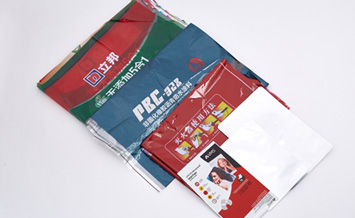
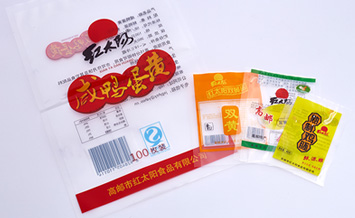
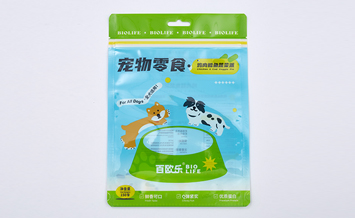
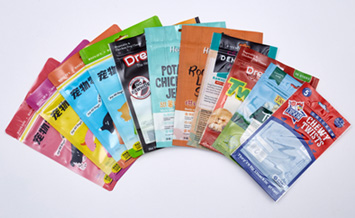
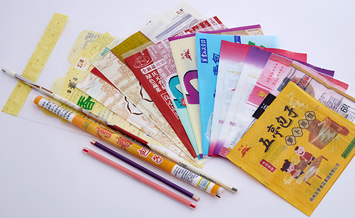
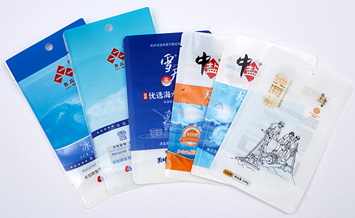

 Jiangsu Yicheng
Jiangsu Yicheng